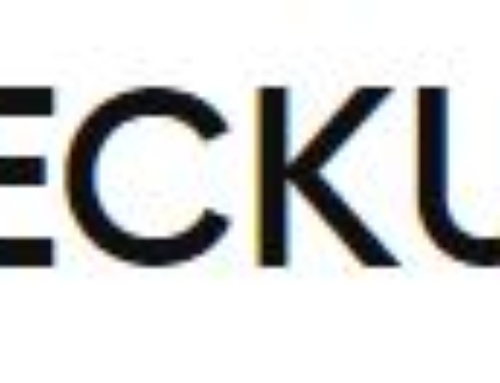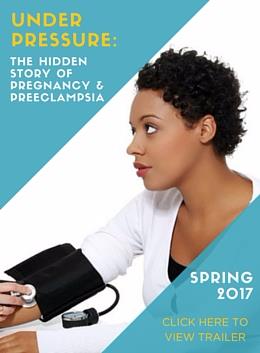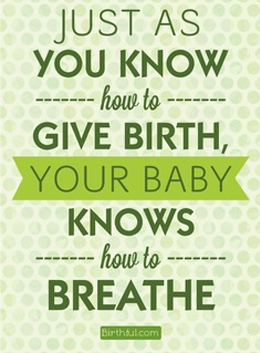Don’t squirm at the thought of getting hands-on down there — practicing perineal massage can help prepare yourbirthcanal for Baby, and may even reduce your risk of tearing.
By: Holly Pevzner
Moms-to-be often have some to-be-expected anxieties about childbirth:Will I be able to handle the pain? What if there are complications? Will I tear?The latter question was the biggest pregnancy nail-biter for Brooklyn, New York, mom Michelle Taylor. “I was so afraid about tearing or being surgically cut during childbirth,” she says. “I had heard that both were worse than the actual birth and I wanted to avoid them.” Taylor’smidwifeheeded her concerns — and suggested a hands-on way to help her prep her birth canal: perineal massage.
What is Perineal Massage?
“Perineal massage, or birth canal widening, is a very old practice,” says Kecia Gaither, M.D., a maternal fetal medicine specialist and director of perinatal outreach at Montefiore Medical Center and Albert Einstein College of Medicine, Bronx, New York. “If done daily, this technique softens the skin, improves elasticity, and increases the ability of the perineum — the area between the anus and the lower aspect of the vagina — to stretch, leading to less tearing and less need for an episiotomy during a vaginal delivery.” The practice can also help a mom-to-be relax her pelvic floor muscles, which is helpful during childbirth.
Does It Work?
Of course, anything that purports to make childbirth easier sounds good, but does perineal massage really work? A 2013 review of studies featured inThe Cochrane Collaborationnoted that women who practiced this type of massage were 9 percent less likely to experience perineal trauma that required sutures and 16 percent less likely to have to endure an episiotomy. And while perineal massage may be able to help any woman, those with the best shot of sidestepping tears with massage are fist-time moms and women over 30, according to theJournal of Midwifery & Women’s Health.
“First-time moms are at highest risk of having a tear that necessitates stitches, and in my experience, perineal massage can cut that risk in half,” says certified nurse-midwife Kim Trout, Ph.D., an assistant professor of Women’s Health at the University of Pennsylvania School of Nursing. “Any time a client asks me if there’s anything that she can do that might decrease the risk of having a tear, I recommend perineal massage.”
Is It Safe?
By and large, yes, but it’s always a smart move to consult your obstetrician or midwife before beginning the practice, especially if you have a history of herpes. “Doing this type of massage with an active herpes outbreak increases the risk of the virus spreading throughout the genital tract,” says Dr. Gaither. Even if your outbreak is resolved, get the official okay from your healthcare provider before getting hands-on.
How Do I Do It?
Dr. Gaither advises interested moms-to-be to begin this 10- to 15-minute daily ritual about four to six weeks prior to theirdue date, following these steps:
- Start with thoroughly cleaned hands and trimmed fingernails.
- Sit in a semi-reclined position with your legs apart and knees bent.
- Lubricate your fingers with pure vegetable oil or vitamin E oil and place your thumbs about 1 to 1 1/2 inches in the vagina, pressing gently down toward the rectum and the sides of the vagina, stretching the skin with your fingers. You may feel a slight stinging initially, but it’s important to hold the stretch for about two minutes. (Of course, if the stinging turns into all-out discomfort or pain, stop.)
- With your thumbs, use a U-shaped movement to slowly massage the lower half of the vagina. Then gently pull the tissue in the vagina forward and hold for a few more minutes.
Moms-to-be can do this solo, but many enlist the help of their partner. “Lots of women are apprehensive about trying perineal massage, perhaps because they’re uncomfortable touching themselves. If that’s the case, having a partner do it is fine,” says Dr. Trout. Simply ask your significant other to use his or her index fingers — not thumbs — to do the massage.
One caveat: Even with a diligent perineal massage practice, there’s no guarantee you won’t experience a tear. “Massage is a wonderful tool, but works better for some women than others,” says Dr. Trout. Taylor, for one, is forever grateful that massage worked for her. “Even though I had a really long labor, I didn’t experience one rip and no interventions were needed,” she says. “I recommend it to everypregnant woman!”






